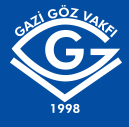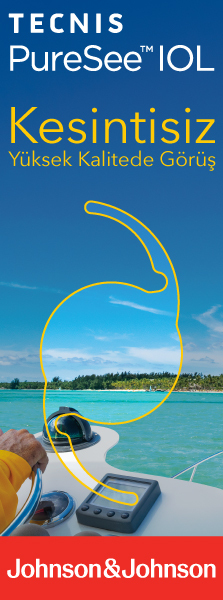2Ophthalmologist, Bursa Yüksek Ihtisas Education and Research Hospital, Department of Ophthalmology, Bursa, Turkey
3Ophthalmologist, Department of Ophthalmology, Bursa City Hospital, Bursa, Turkey DOI : 10.37845/ret.vit.2021.30.43 Purpose: To evaluate the changes in best corrected visual acuity (BCVA) and central macular thickness (CMT) in patients who received intravitreal dexamethasone implant (DEX-implant) and anti-vascular endothelial growth factor (VEGF) in the treatment of macular edema secondary Branch Retinal Vein Occlusion (BRVO).
Materials and Methods: In this interventional, retrospective, single-center study, BCVA and CMT at baseline and on months 6, 9, 12 and 24 as well as mean number of injections and adverse effects were evaluated in 91 eyes with macular edema secondary to BRVO which were treated via intravitreal route.
Results: In our study, 24 patients received intravitreal DEX-implant (group 1) and 46 patients received intravitreal anti-VEGF (group 2). The treatment was switched in 21 patients who were resistant to treatment (group 3). The mean number of injections was 2.13 (± 1.2) in group 1, 4 (± 1.8) in group 2 and 5.6 (± 3) in group 3. In all three groups, the percent change in BCVA and CMT was found to be significant on months 6, 9, 12 and 24 when compared to baseline (p <0.05). Laser photocoagulation was added to drug therapy in 33% of patients. The intraocular pressure elevation was observed in 8.8% whereas cataract in 6.6% and epiretinal membrane in 9.9% of the patients.
Conclusion: Both DEX-implant and intravitreal anti-VEGF agents are effective treatments in the treatment of macular edema associated with BRVO. In resistant BRVO cases, visual gain and reduction in CMT can be achieved when the treatment is switched. Laser photocoagulation may be added to intravitreal treatment when needed.
Keywords : Retinal vein branch occlusion, macular edema, dexamethasone implant, anti-vascular endothelial growth factor




